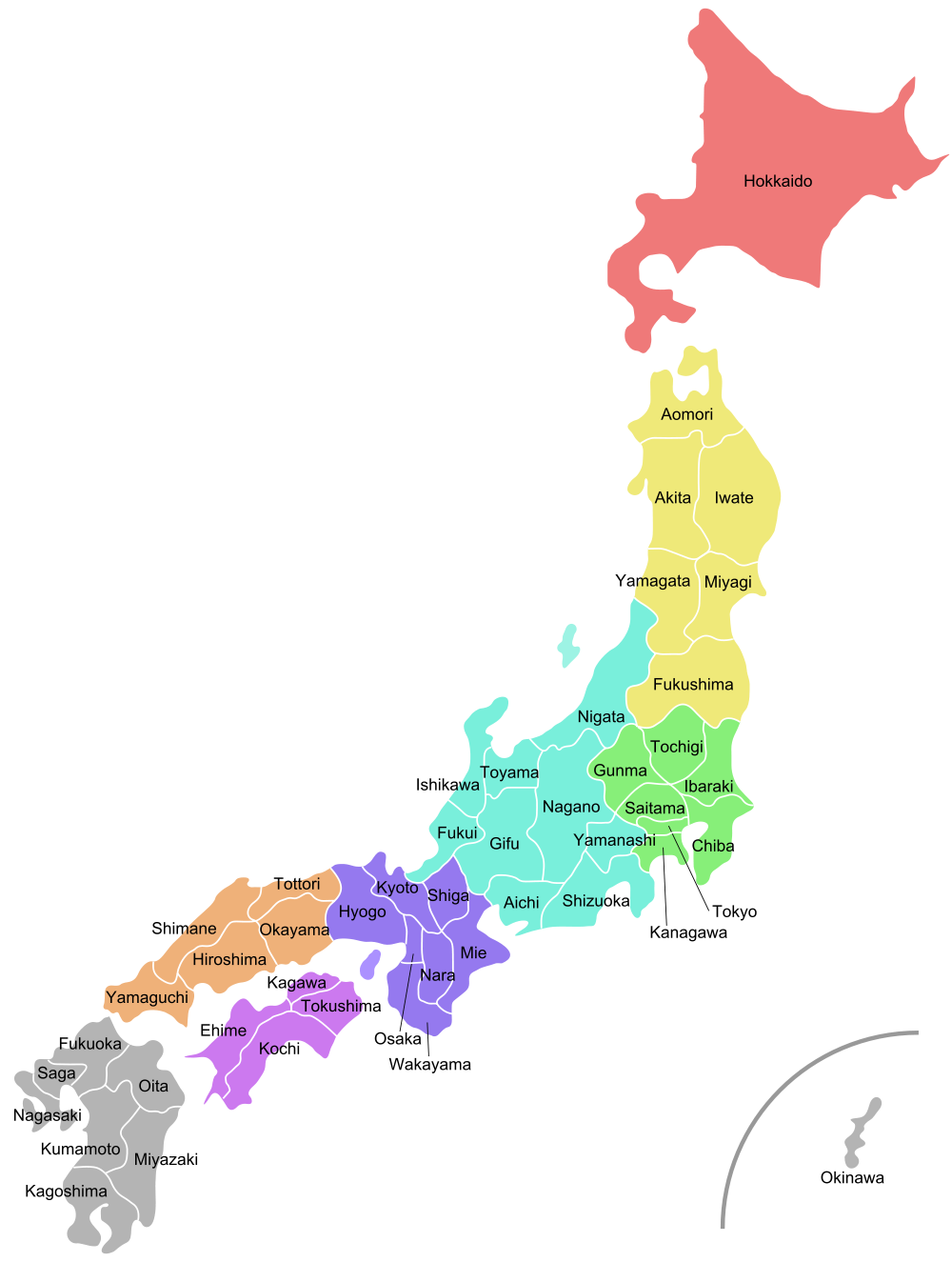I often blog and post links about the aftermath of the Fukushima nuclear disaster. Despite concerns about earthquake and floods causing future accidents, the Abe government is determined to restart Japan's idle fleet of nuclear reactors. Abe has made nuclear power a central theme of his administration. Both the restart of domestic reactors and the export of nuclear technology are seen by Abe as absolutely critical to the economic future of Japan. One problem that is ongoing and unanswered is what to do with all the radioactively contaminated waste produced by cleaning up the site of the Fukushima disaster.
It is estimated that one hundred and fifty two tons of contaminated waste including compost, incinerated ash, paddy straw and sewage sludge from the Fukushima cleanup have been accumulated from twelve prefectures. The government had intended to create permanent disposal sites in five prefectures mostly in northern and eastern Japan. However, the residents of those prefectures have blocked many of those projects.
In Shioya, Tochiga Prefecture in central Japan, local residents objected to the siting of a disposal facility because they were concerned about possible impact on an important hot spring. Over one hundred and seventy thousand people sign a petition against the project.
In Miyagi Prefecture, exploratory drilling to determine the best place to site a waste depository was halted by local resistance. Official's vehicles were block by protestors when the officials came to the prefecture for a survey. A new ordinance to protect local water supplies was just passed in Miyagi and that may also interfere with the depository siting.
Gunma and Ibaraki Prefectures are far behind schedule in planning for depository siting. Neither prefecture has even developed a plan for selecting possible disposal sites.
Chiba Prefecture has begun removing wastes from a temporary storage site although Ministry of Environment officials are still trying to find another site that the waste can be moved to.
Fukushima Prefecture contains over eighty percent of the contaminated waste from the disaster. Existing waste disposal sites and new sites are being constructed in abandoned towns in the area of the power plant to take the most contaminated soil. Owners of the land that would be used have objected to the plan and this has slowed the siting process. Originally, it was hoped that disposal sites would be set up and operating by January of this year but this has not happened.
Japan was having problems storing the waste produced by nuclear power plants before the Fukushima disaster. Now they have to find a way to dispose of the debris from the disaster and it is not going well. Japan is highly populated but very small and it has a high density of people per square mile. The Japanese revere the small villages in the countryside and local residents have a lot of say over what happens in their area. Apparently a lot of Japanese citizens object to having a radioactive waste dump near their community.
Prefecture map of Japan:
